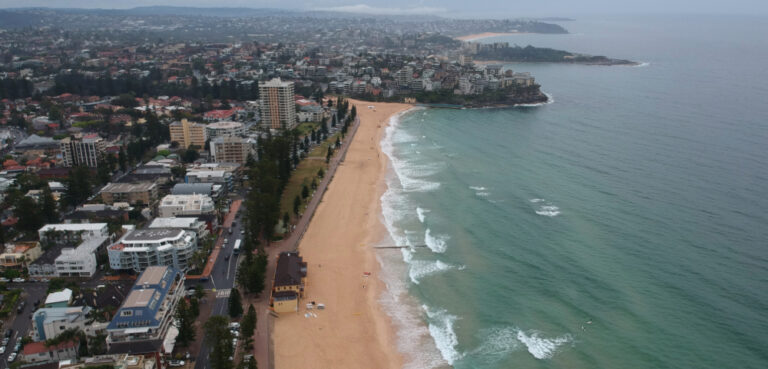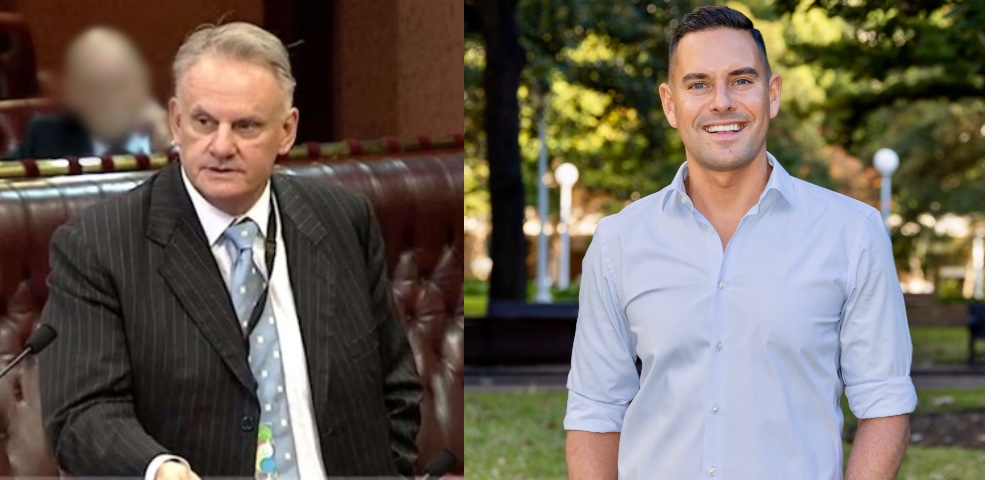
Environmentalists slam “Baird’s war on trees”
BY KENJI SATO
A proposed overhaul of NSW’s biodiversity laws has been labelled a “war on trees” by Sydney environmentalist groups, who fear the changes will threaten native vegetation and animal habitats throughout Sydney.
The fears were raised at a meeting in Maroubra last Thursday, where local councillors, residents, environmentalists, and state MPs discussed the Independent Biodiversity Legislation Review, which recommends sweeping changes to biodiversity laws and policy throughout the state.
The NSW government has signalled that it intends to push all 43 of the review’s recommendations through parliament, and a draft legislation bill is due for public exhibition in early March 2016.
The review proposes to introduce a more “flexible” offset policy, which will allow developers to remove trees and “offset” the biodiversity loss by planting trees elsewhere or paying into an offset fund that will be spent on biodiversity projects.
Under current laws, offsets must satisfy a strict like-for-like test, where developers must show that the offsets are of an equivalent type and in a nearby location for construction to be approved.
Campaign Coordinator for the Nature Conservation Council for NSW Corinne Fisher, who arranged the Maroubra meeting, told City Hub that the new offset policy would hurt metropolitan areas most.
“There is very little vegetation left across Sydney. So when you remove vegetation, it has a huge impact on communities because there is nothing much else around to counteract this removal of native vegetation and it’s difficult to plant equivalent trees. There’s just no room and there are no suitable nearby offsets.”
“People are very sensitive to the issue, especially in the inner city in the face of considerable development and infrastructure going ahead. People are realising how important green sanctuaries and trees are to the liveability of their neighbourhoods.”
Ms Fisher told City Hub that strict like-for-like tests were needed to preserve native vegetation in cities and areas of high development.
“In western Sydney, for example, there are very precious remnants of endangered ecological communities such as Cumberland plane woodlands where you cannot find equivalent offsets. They just don’t exist anymore. So you’re looking at a developer proposing to clear an endangered ecological community and protecting an offset which is not located anywhere near western Sydney.”
“Those kinds of offsets which are not like-for-like are exactly the type of policy that we’re going to see applied on a mandatory level across NSW if those biodiversity changes go through.”
Dr Leigh Martin, ecologist from the Total Environment Centre, told City Hub that much of the vegetation in Sydney was irreplaceable, and that any offsets would be “apples and oranges, or in some cases apples and cash”.
“When you’re talking about the metropolitan area, you’re talking about remnant habitat. There’s simply no way to offset that because it’s by definition remnant. They are the last vestiges of what was there. There’s nothing left nearby to offset against,” Dr Martin said.
Dr Martin told City Hub that he feared the new offset policy would give developers free rein to demolish native vegetation in the city.
“If this legislation goes through, then we will see significant loss of vegetation, and there will be very little way for councils or for other planning authorities to say no to a development. Under the new system it’s hard to see when the answer to any development would ever be no.”
But The Independent Biodiversity Legislation Review’s final report stated that the new laws would promote overall biodiversity across the state and boost economic growth.
“Ultimately our goal must be to minimise future losses of native biodiversity…. We believe that this can be done at the same time as reducing regulation and improving social and economic outcomes.”
The report also stated that the government could not preserve biodiversity on its own, and that the new policies would shift some of the responsibility to private landowners and developers.
“We are not aware of anywhere in the world where long-term conservation of historical, cultural or biophysical resources has been successfully achieved solely through exerting the coercive powers of government. Educational, suasive and incentive measures are invariably an important part of successful regimes – we believe that these mechanisms should be used more in NSW.”
The Office of Heritage and Environment did not respond to City Hub’s request for comment in time for publication.









